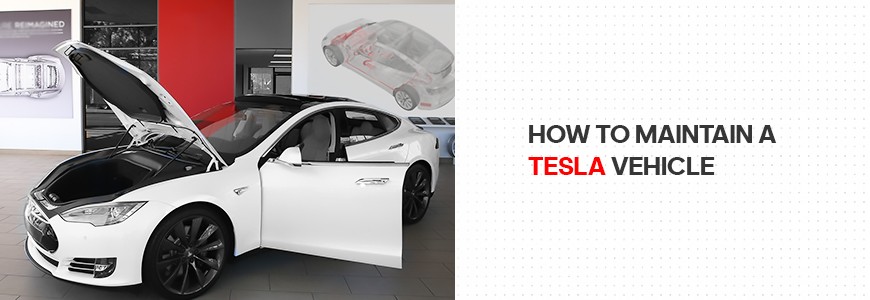
The operation of any car implies mandatory periodic maintenance because the car is rather complex in technical terms. Making equal durability of all components and systems in a car is hard and not economically feasible. Timely maintenance is essential to ensure: the safety, reliability, durability, comfort, and value of the car when selling it on the secondary market. Car maintenance involves daily control by the driver of its technical condition and periodic maintenance at the service station.
For Tesla cars, daily checks are as follows:
• checking the degree of charge of the traction battery.
• checking the operation of external lighting devices, direction indicators, and windshield washers.
• checking tires for damage.
• checking the operation of the brake system, including the parking brake.
• Checking the seat belts.
• check for traces of leakage of operating fluids.
In addition to the daily checks, the owner of the Tesla should carry out monthly such checks:
• Condition and pressure in all tires.
• Washer fluid level.
• Operation of air conditioning system.
Tesla electric vehicles periodic maintenance service in the following stages:
• Diagnostics of the vehicle as a whole or its units;
• Adaptation of systems and assemblies;
• Replacement of technical liquids and/or parts according to the rules.
Tesla maintenance at the service station
Everyone knows that the design of electric vehicles is significantly different from the usual cars with ICE. Accordingly, the diagnosis of electric vehicles also differs. For Tesla, this difference is even greater. Tesla does not have the standard OBD2 diagnostic connector. This requires specialized diagnostic equipment, which is only available at the dealership service center.
Tesla has created an online service Toolbox 3, that allows you to perform many maintenance operations. With all the advantages of the Toolbox 3 service, it is still not appropriate for service stations due to limited functionality, insufficient documentation, and lack of technical support.
Until recently, full diagnostics remained a problem. The situation is changing now, any independent service or service station can choose and order a diagnostic scanner LOKI. With LOKI, it is possible to perform the full range of diagnostics, maintenance, and repair of the whole range of Tesla vehicles.
You can start to eliminate the found faults and regulatory changes of technical liquids and parts, after diagnosis. For Tesla it is as follows:
1. Cabin air filter:
• Model 3, Y - change every 2 years.
• Model S and X (2012-2020) are changed every 2 years, and vehicles manufactured after 2020 - change every 3 years.
2. High-efficiency particulate filter (HEPA) - change every 3 years.
3. Brake fluid - change every 2 years or 40,000 km.
4. Battery coolant - changes every 4 years or 80,000 km.
5. Air conditioning - service every 2 years. Replace the air conditioner desiccant every 3-4 years depending on the model.
6. Replacement of brake pads every 100,000 km.
7. Lubricate all brake calipers every 12 months or 20,000 km for vehicles operating in cold climates.
The last stage of maintenance of the Tesla - is the adaptation of systems and components of the vehicle, with which the diagnostic scanner LOKI perfectly copes.
LOKI scanner has extensive functionality, simple and clear interface, and all diagnostic operations are maximally automated. The scanner regularly comes with additional software modules that allow you to edit hidden configuration settings of the vehicle or pairing keys. And if you have any questions while working with the LOKI scanner, you can always contact customer support.
If you want to know more or have questions, write to the messenger or call +38 073 529 64 26 (Viber, WhatsApp, Telegram).



COMMENTS